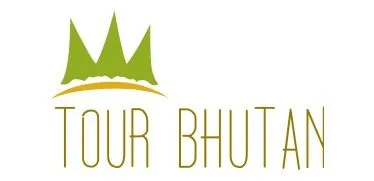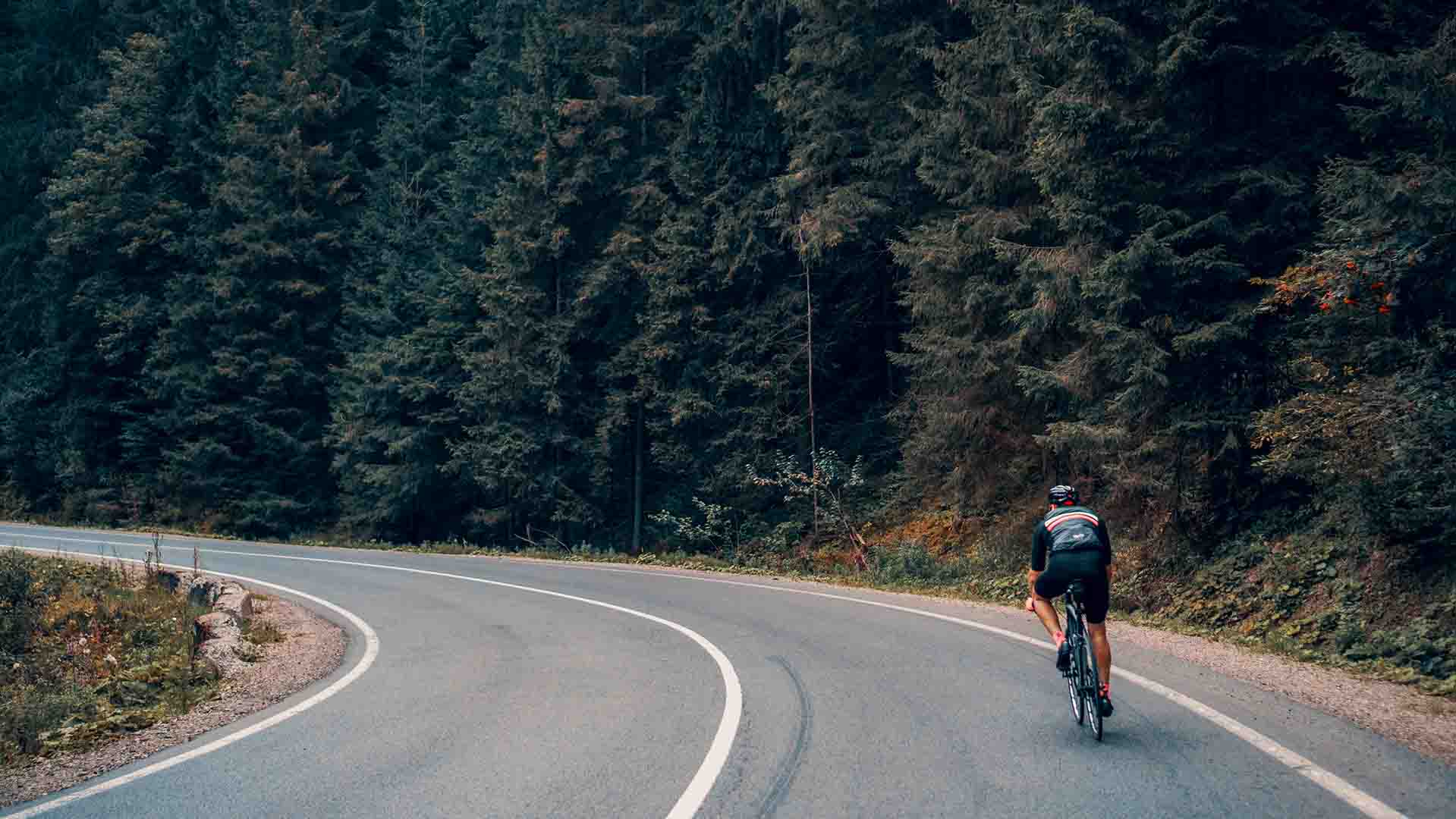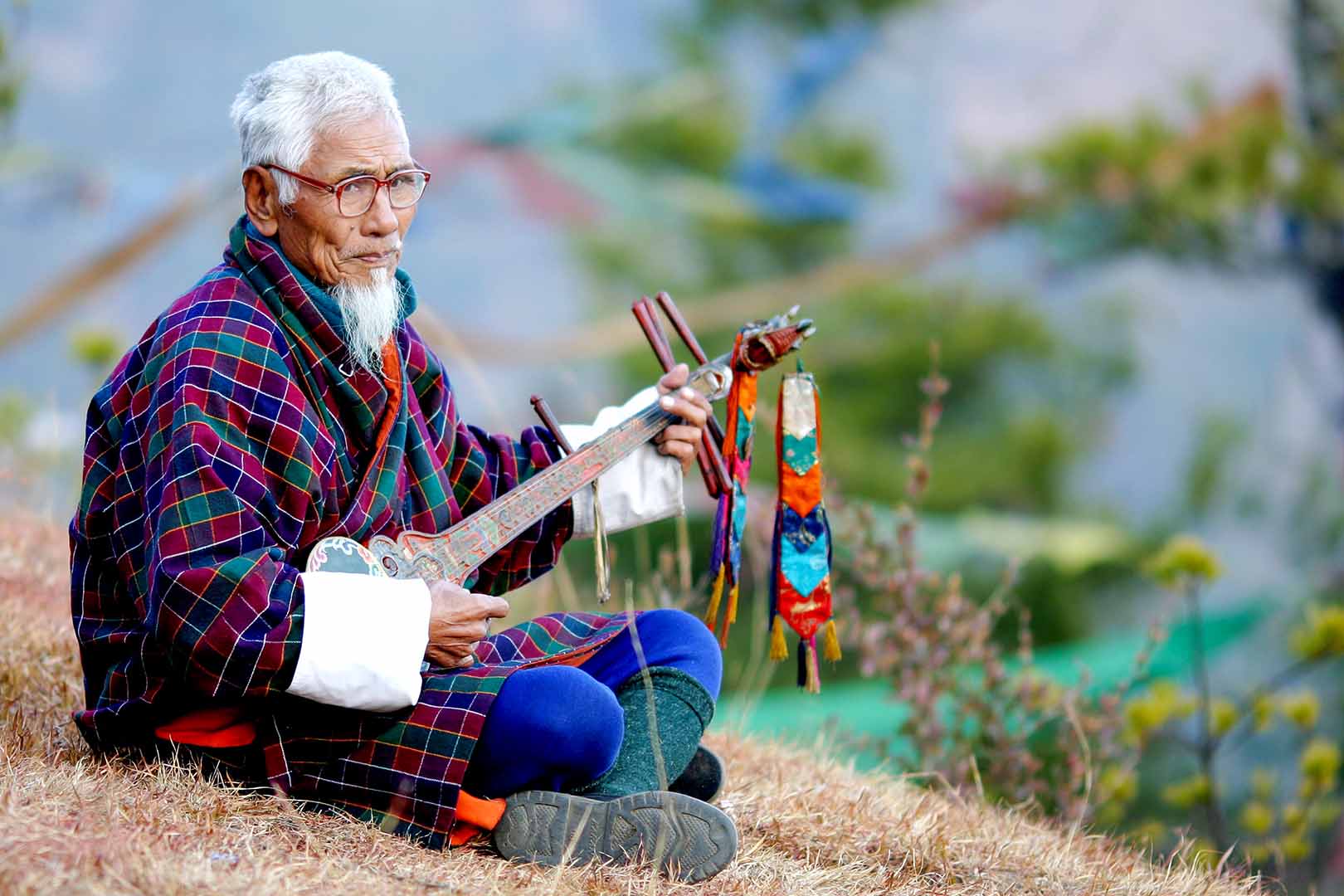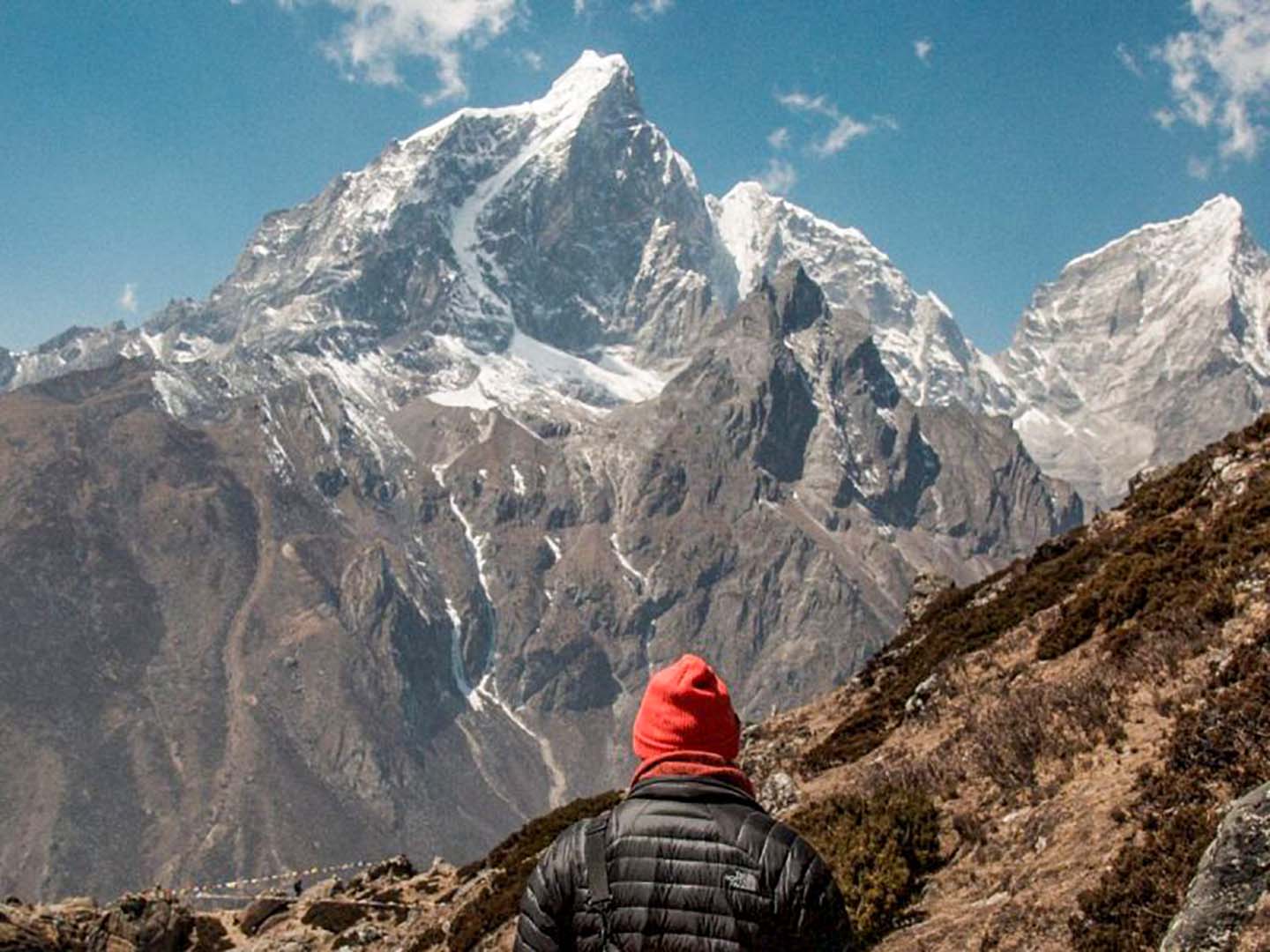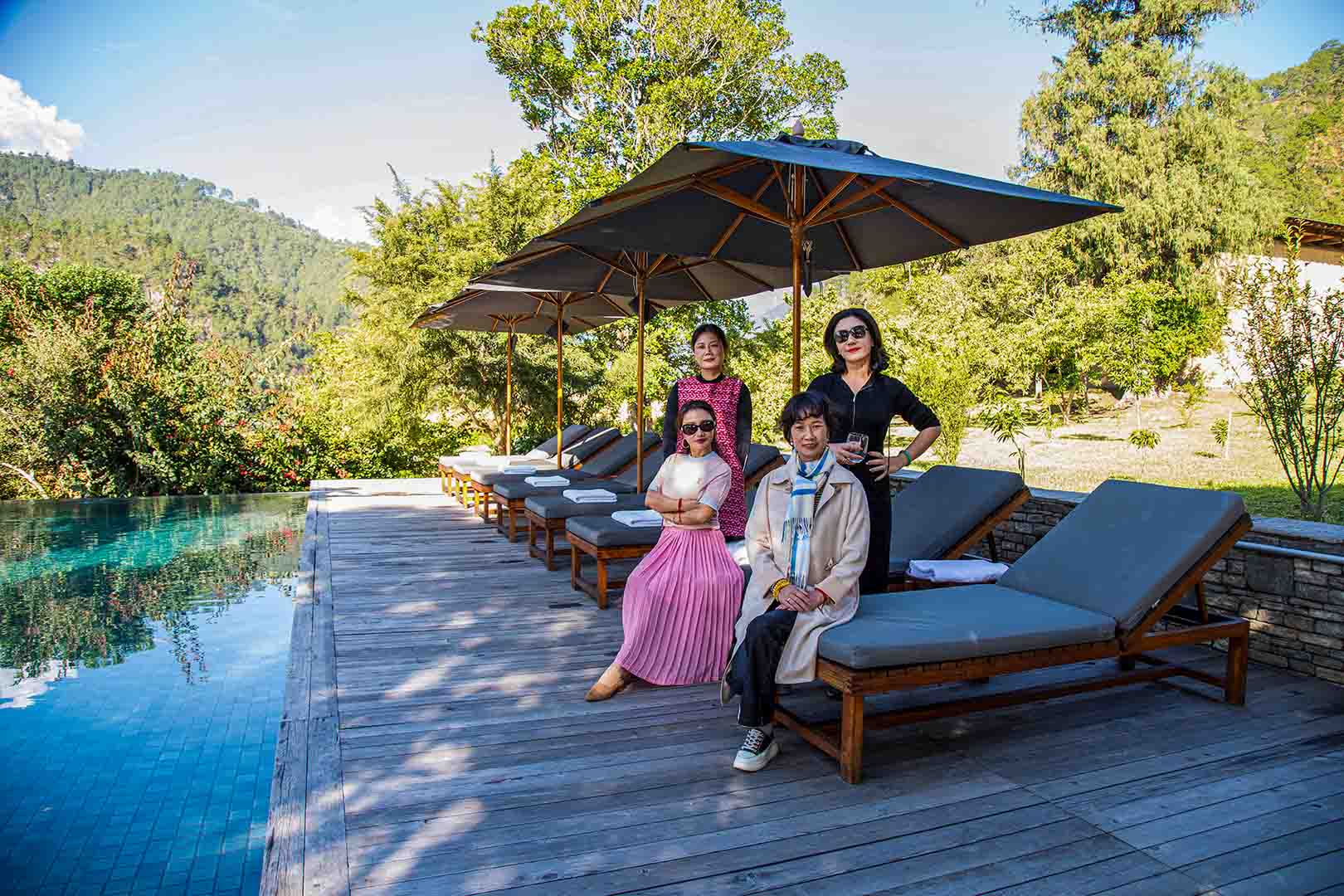
Explore Festival Tour 2024/25
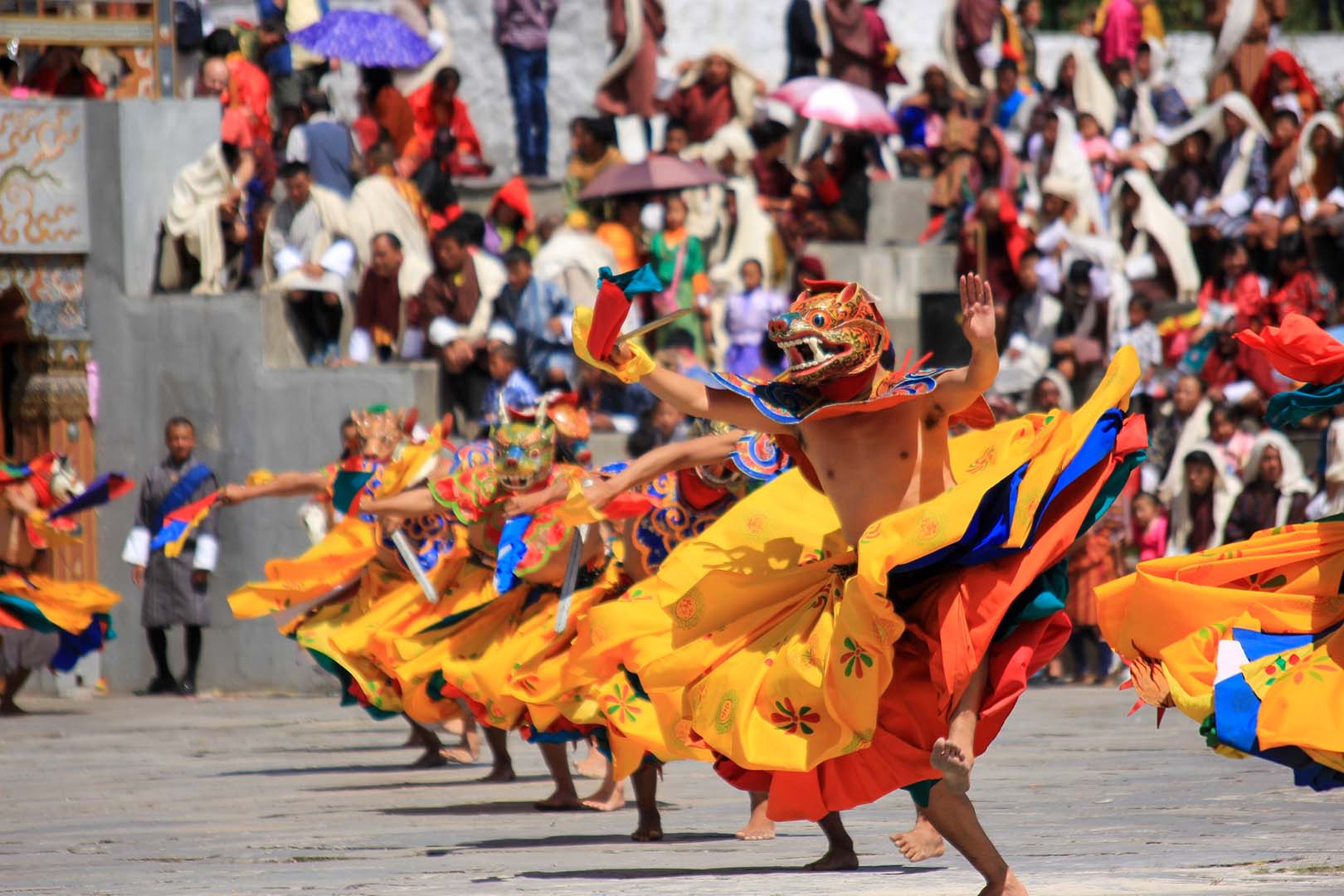
Zhemgang is a remote district in the Country but it is the birding paradise of Bhutan. Enjoy the festival with Birds. Discover the heart of Bhutanese culture in the picturesque landscapes of Zhemgang. Plan your enriching festival experience with our comprehensive guide.
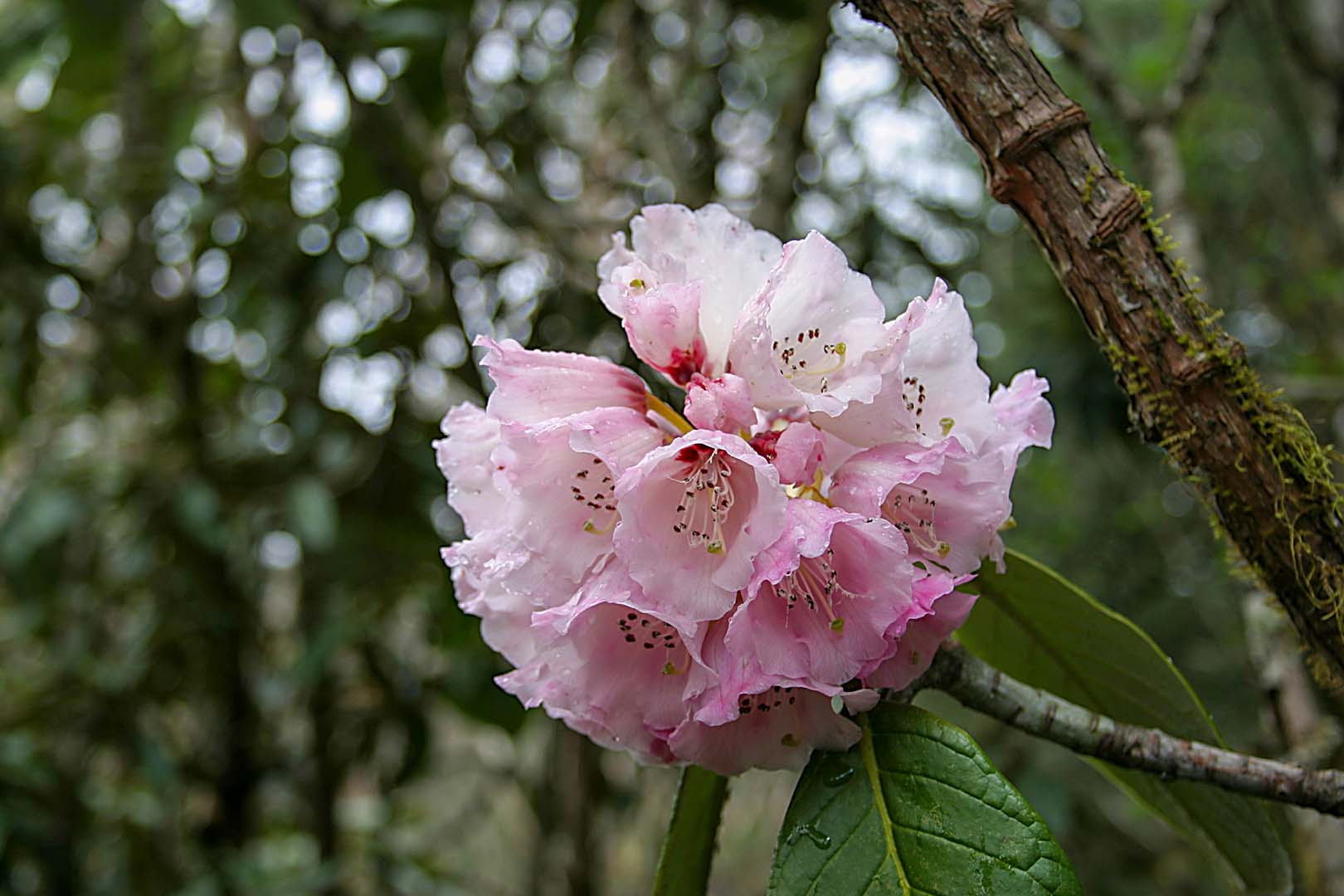
Bhutan is a country of Flowers. Almost 30 different species of Rhododendrons is discovered in Bhutan. Rhododendron Festival draws hundreds of visitors from all over the region and features the Rhododendron Festival Pageant, the Craft Fair with food and dances.
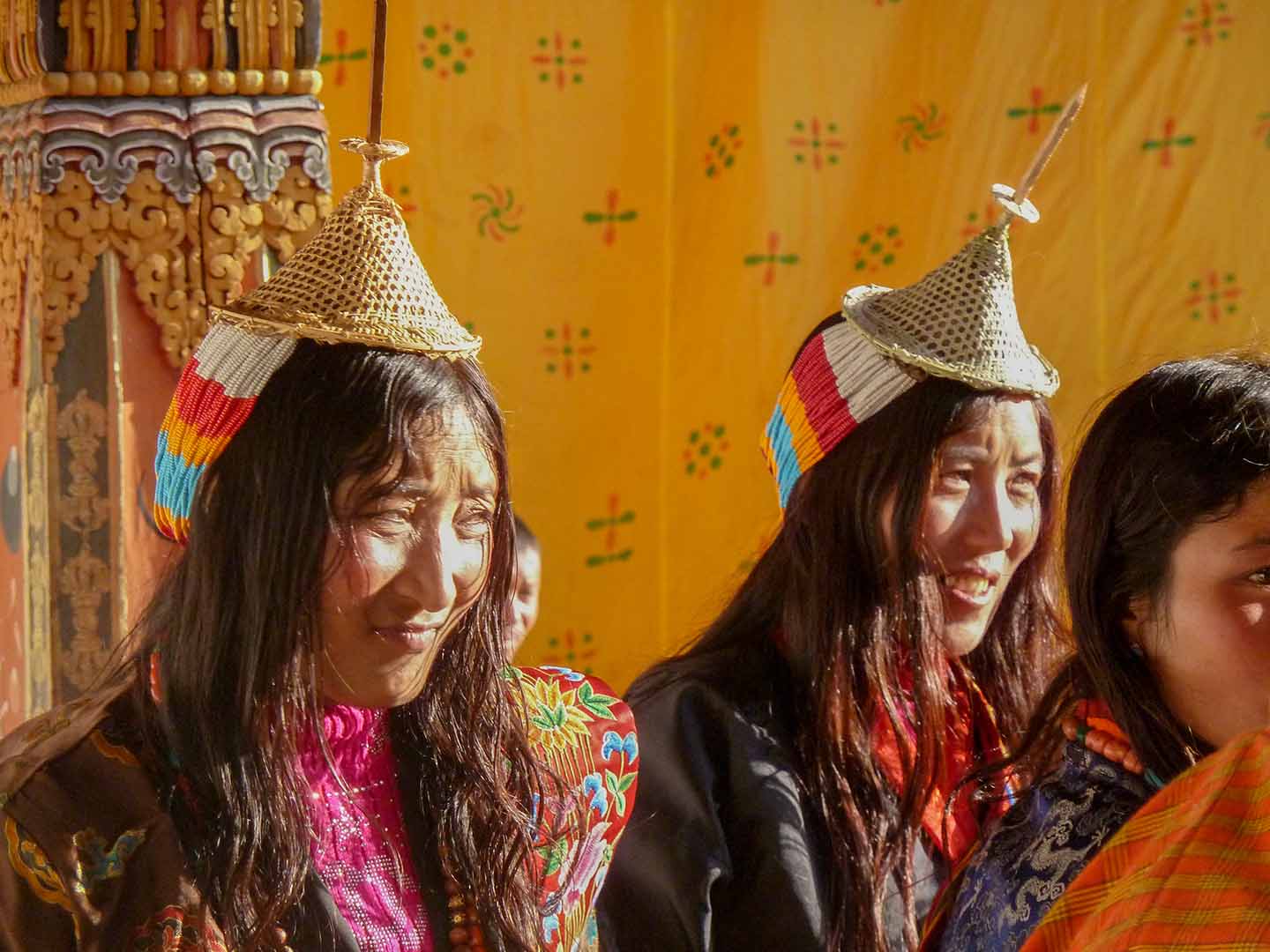
Royal Highlander Festival is being celebrated to convey the message to the world about climate change. The highlander people from Laya participate in this festival

Tangsibji is a village near Ura valley in Bumthang District. Bumthang is the cultural capital of Bhutan. The festival is held in the small village temple starting in September.
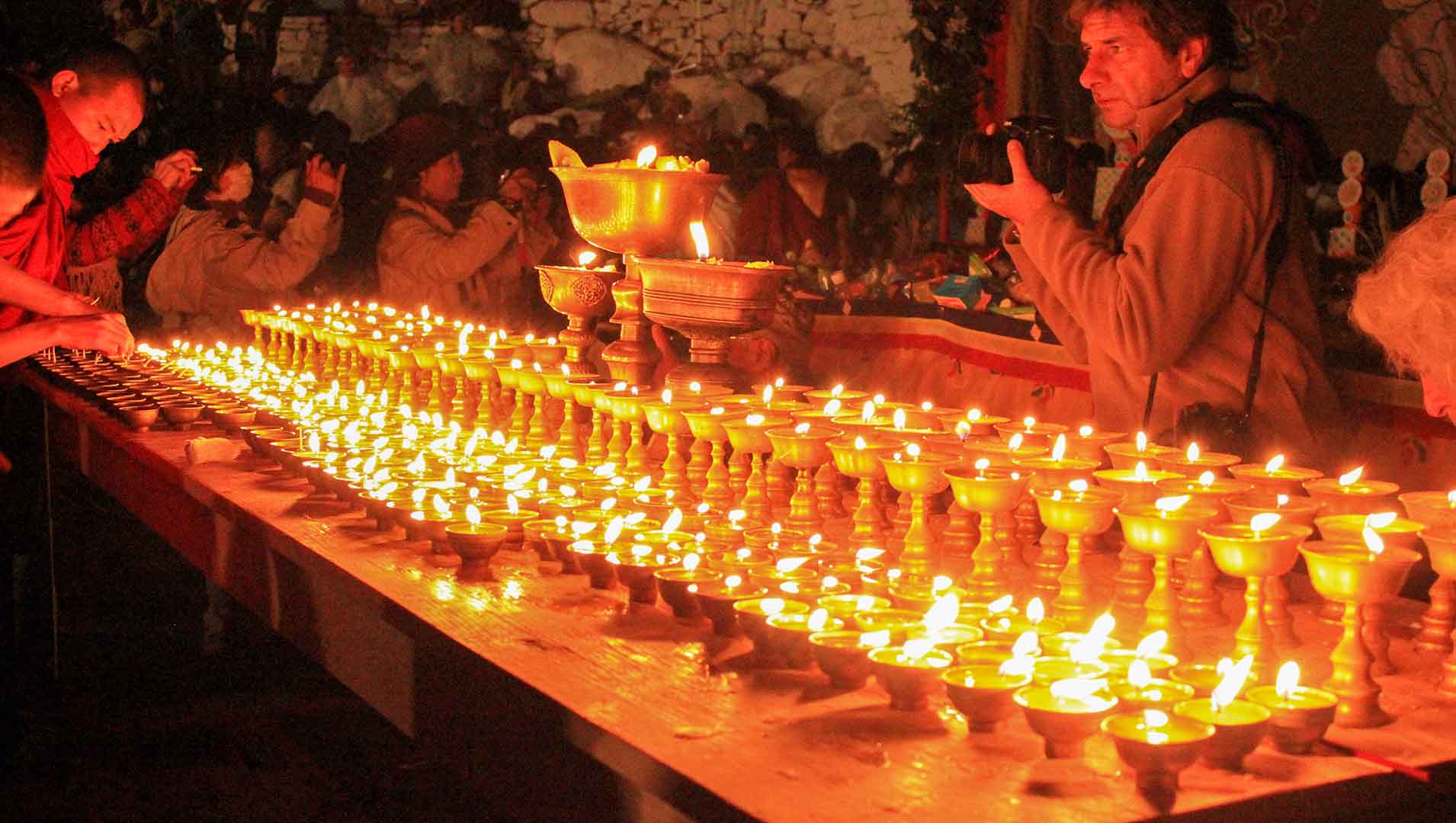
Trongsa Tshechu is held insidethe vast Trongsa Dzong and is the oldest tshechu in bhutan. It is beleived that Tshechus in bhutan spread from Trongsa. Most of the mask dance teacher, learned in Trongsa. On the last day of the Tshechu a ginat Thongdrel is unfurled.
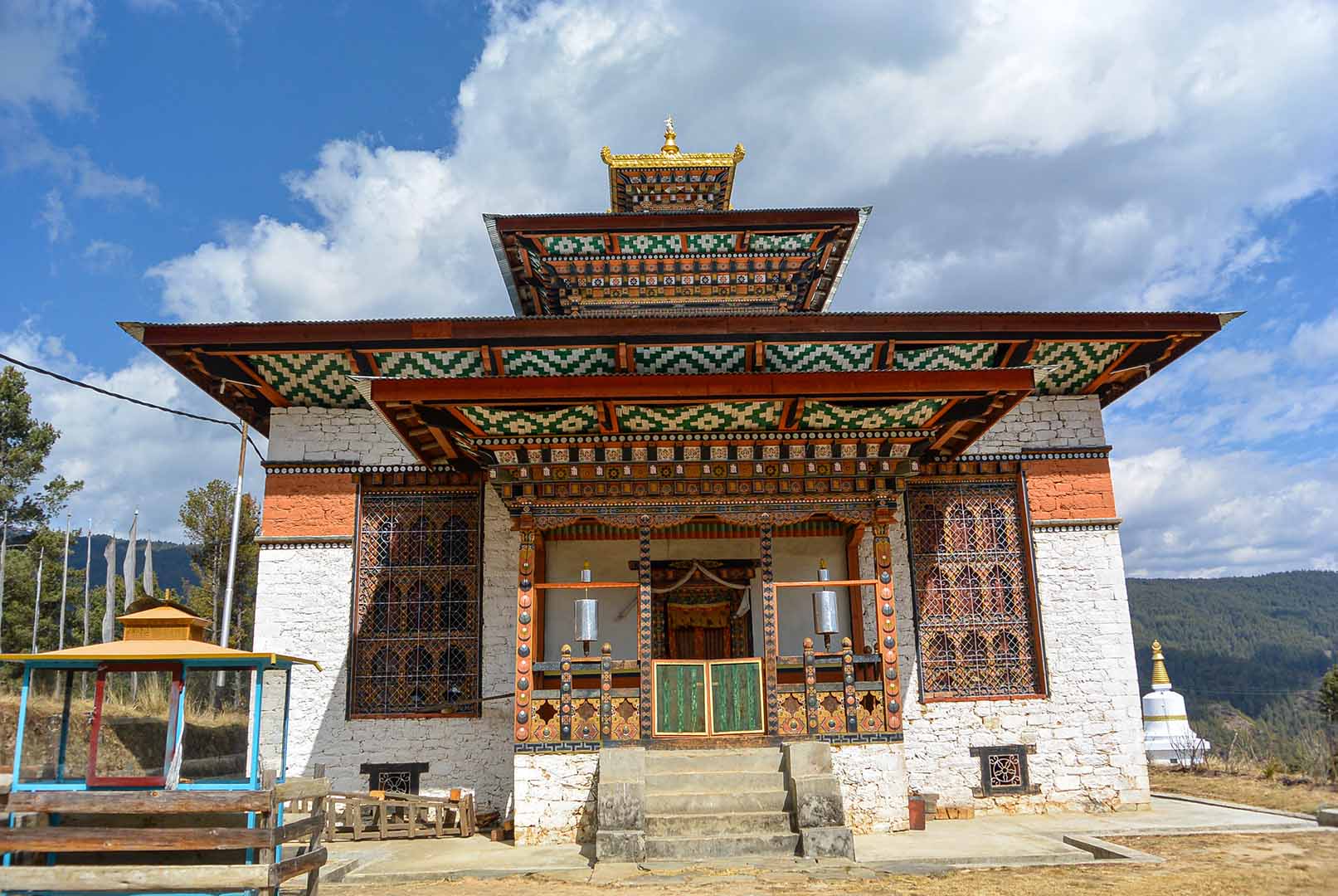
This is small rural festival in the village of Nag Lhakhang in Bumthang. This festival is usually held from 15th to 17th December.

All Tshechus is followed by Mask dance and music. In Tashigang Tshechu you could see tribal people from Merak and Sakteng in their unique dresses visiting to witness the event.
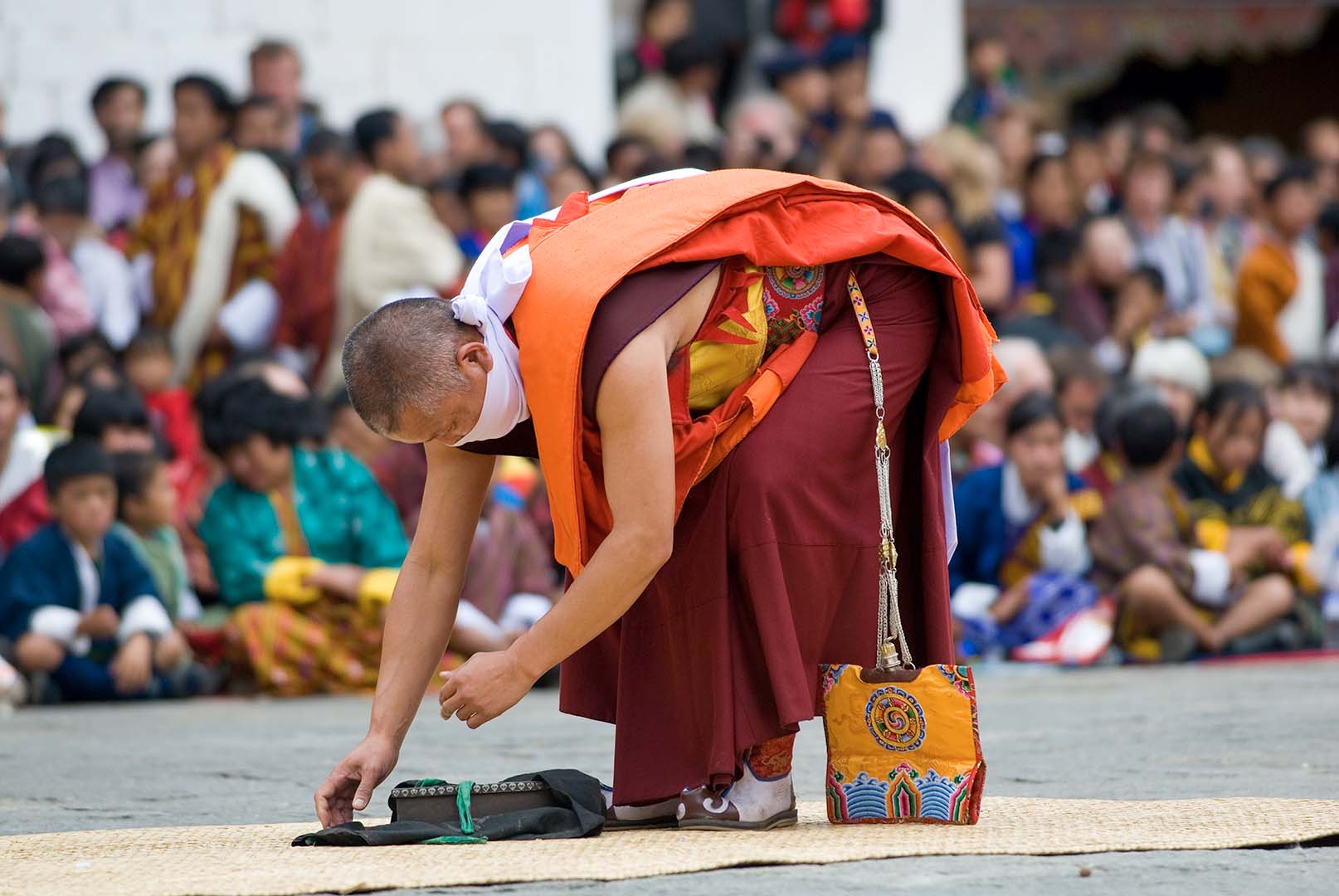
Wangdue Tshechu is a three-day festival of mask and folk dances founded by the 4th Temporal Ruler of Bhutan, Mr. Tenzing Rabgye (1638-1696), to commemorate the birth of Guru Padmasambhava. The festival is held in wangduephodrang Dzong. The festival is Known for dance of the Ox.
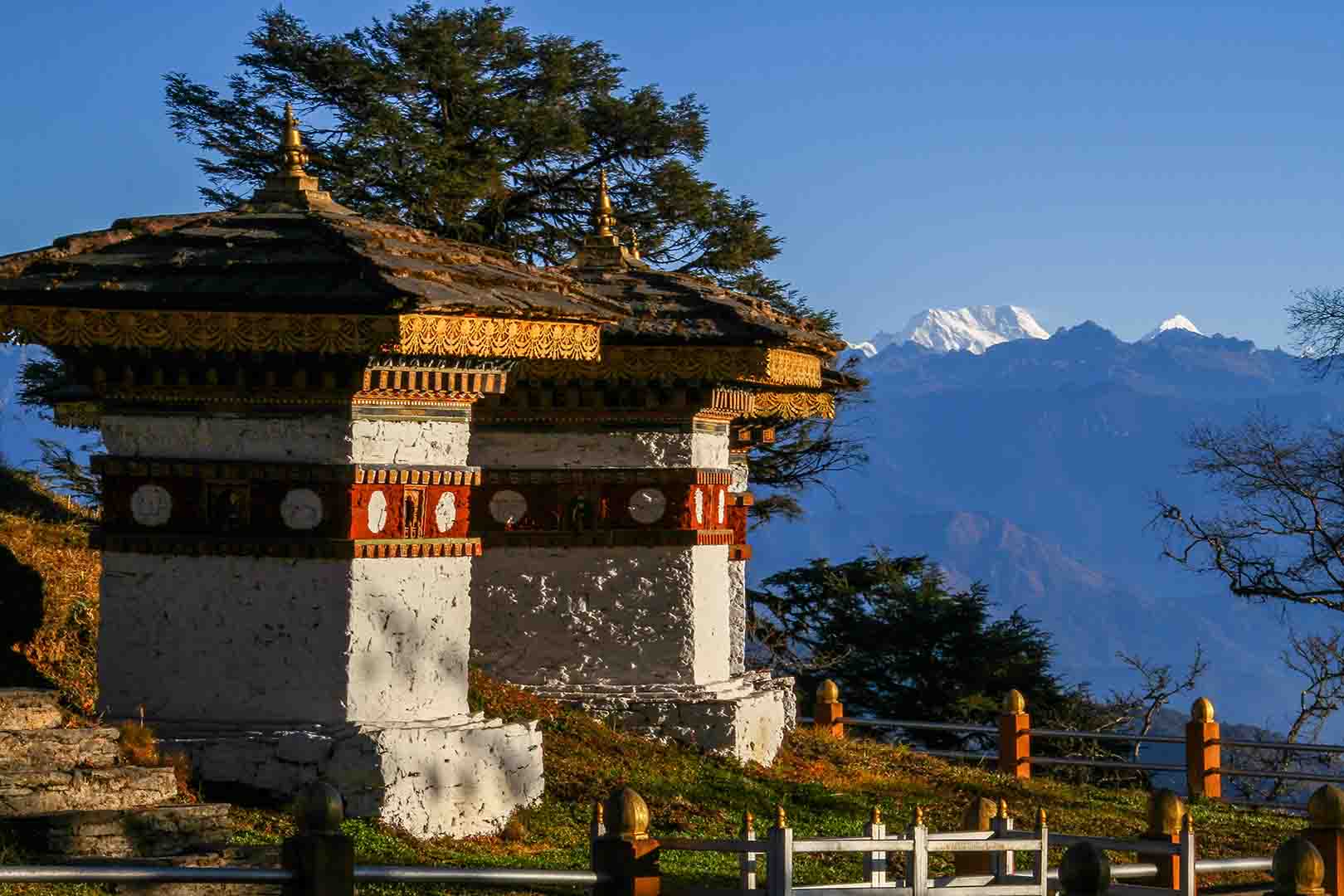
The Druk Wangyel Tshechu, unlike traditional festivals performed by monks or laypeople, stands as a distinctive event performed by the Royal Bhutan Army. This remarkable festival serves as a tribute to the wise leadership of His Majesty Jigme Singye Wangchuck, the Fourth King of Bhutan.
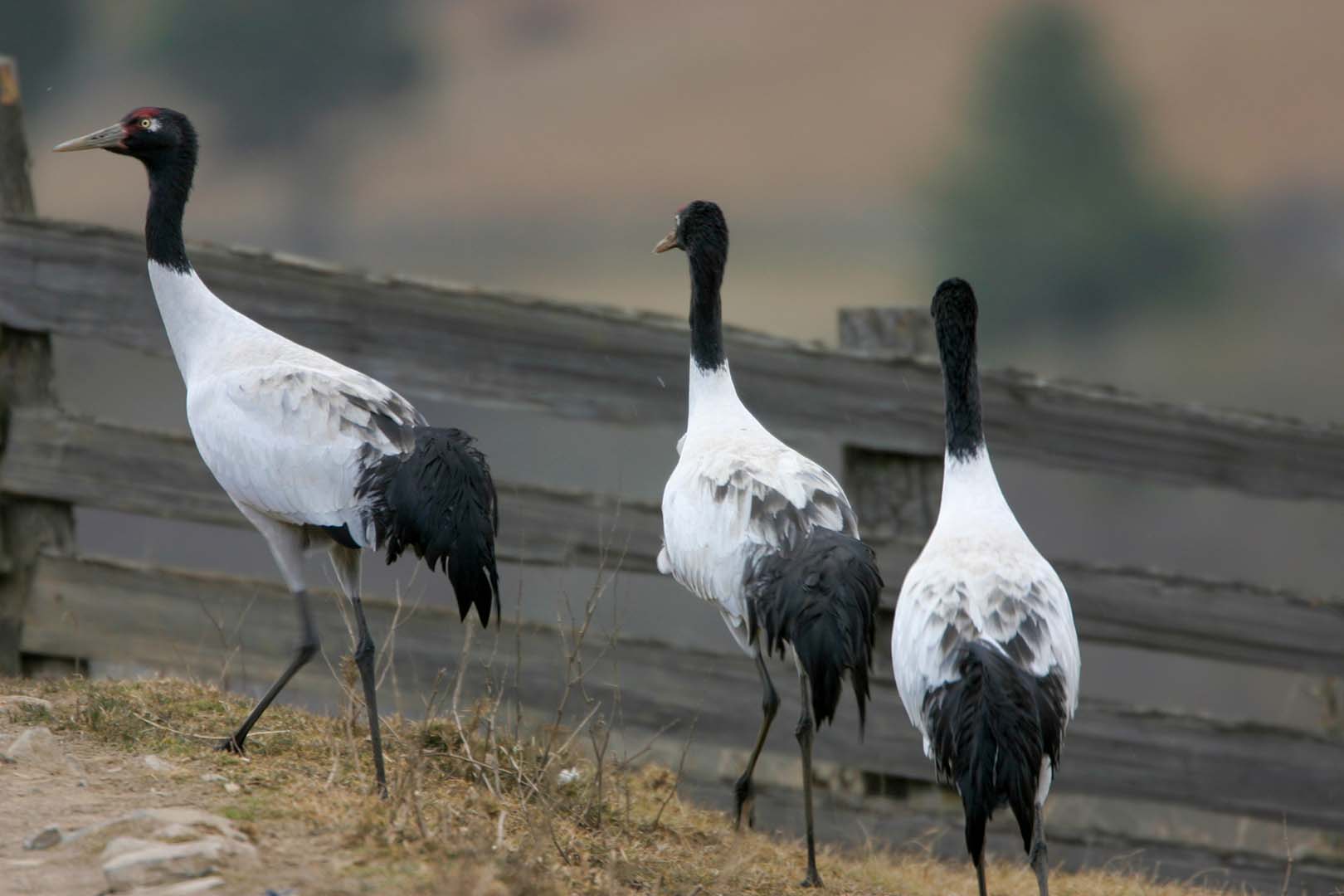
The Black Necked Crane Festival is organized with the aim of raising awareness and promoting understanding about the criticality of conserving the endangered Black-Necked Cranes. This captivating festival features a variety of cultural programs, including engaging folk songs and dances, some of which revolve around the theme of black-necked cranes.
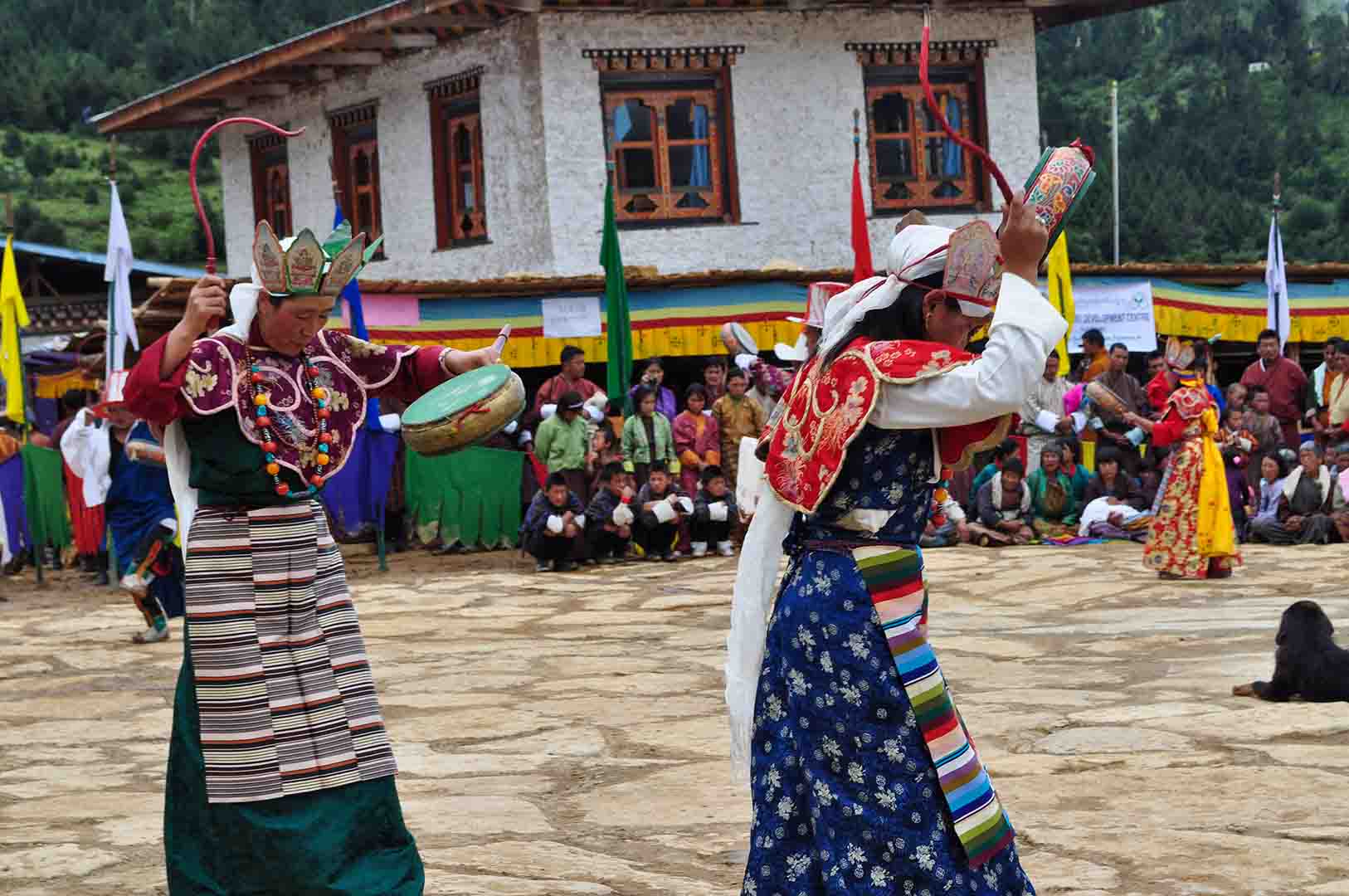
Prized by the Government of Japan, this fungi is native to the forest of Ura valley in Bumthang. Visitors learn to identify and harvest the wild matsutake mushroom of Bhutan during the festival. They can hike the valley’s fragrant trails and give in to the thrill of discovering their own private patch of this most coveted mushroom.
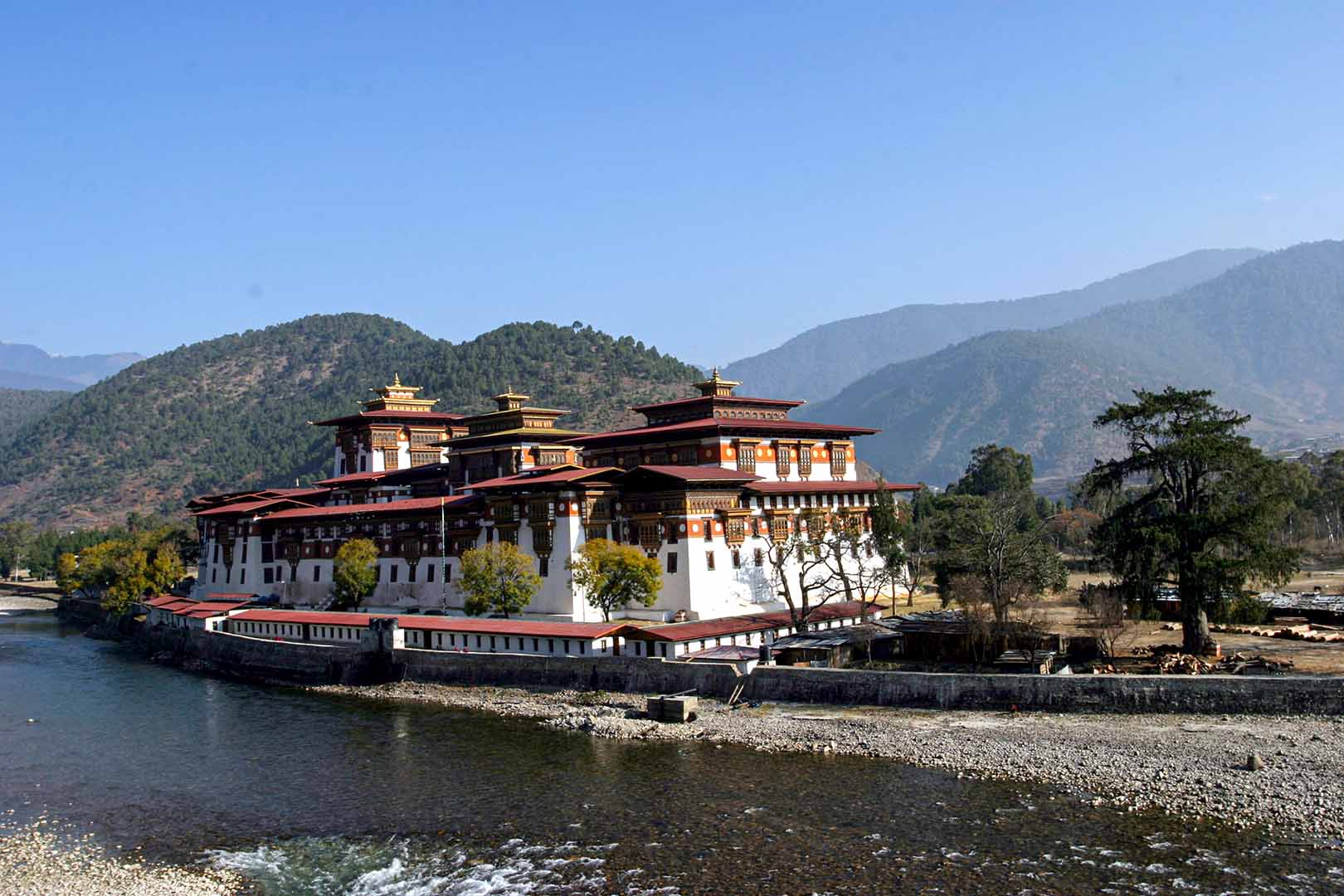
Talo festival, renowned for its mask dances and atsara performances, features an equally popular attraction of deep religious and historical significance—the zhungdra, a Bhutanese classical dance performed by the Talo dance troupe. As the closing item on each day of the three-day Talo festival, the zhundra set consists of the three songs of Mani Sum. Samyi Sala, performed on the first day, Drukpa Dungey on the second day, and Thowachi Gangi Tselay on the final day, are the pride of the Talo people, symbolizing their cultural heritage and traditions.
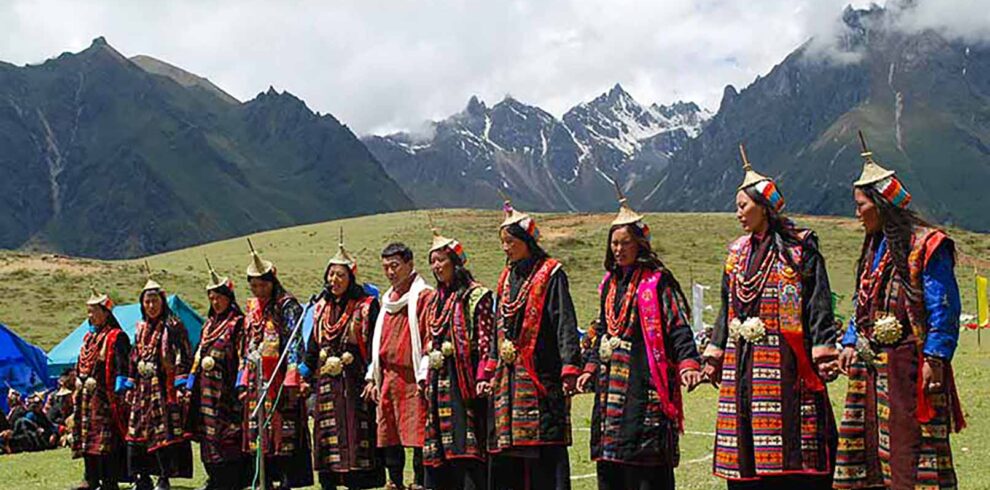
Gasa Tshechu is the biggest event in the small district of Gasa in northwestern Bhutan. Gasa is home to highlander communities. While many mask dances are performed, the local folk dances performed are very unique and distinct adding to the festive mood of the celebration.
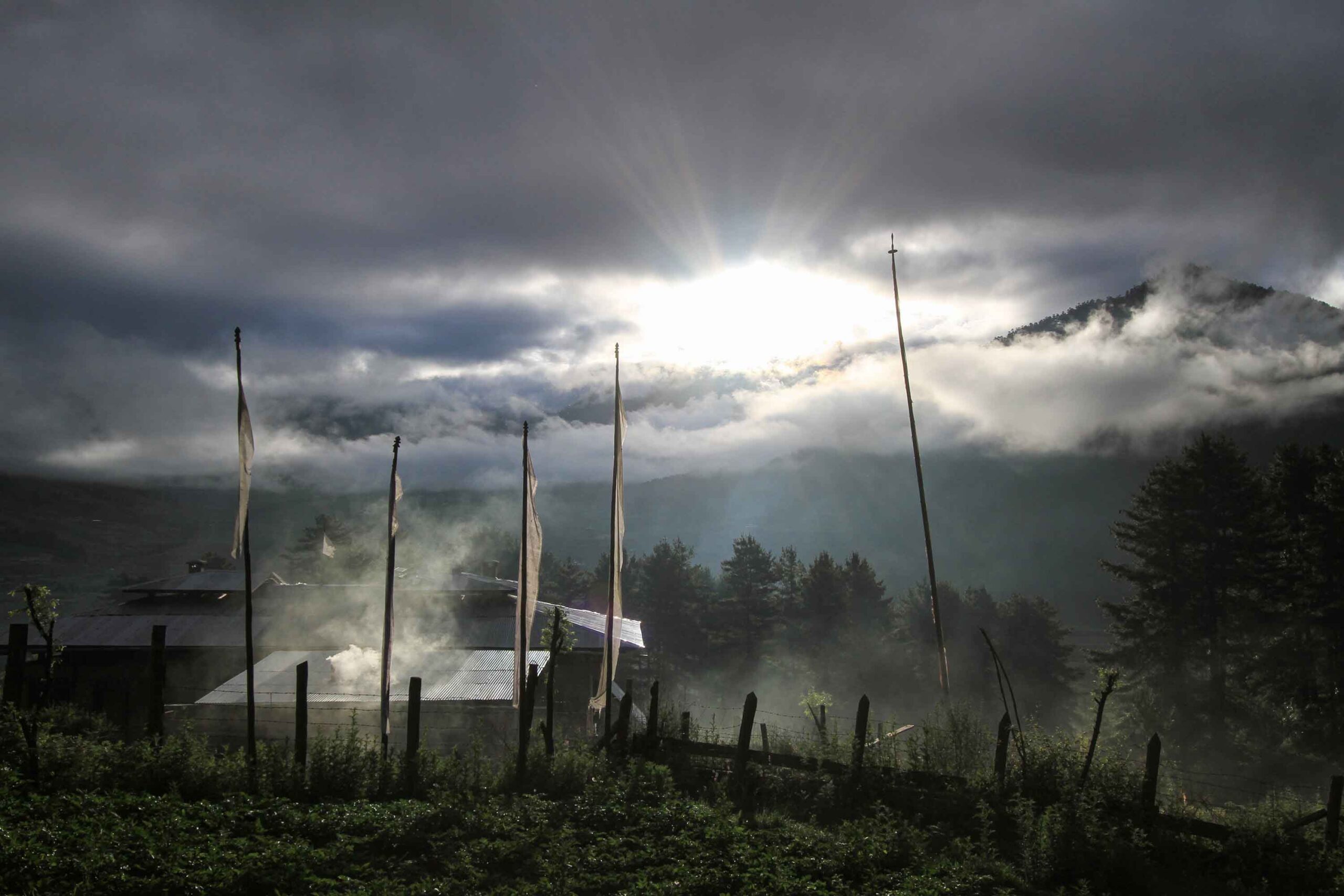
Gangtey festival is very important for people living in Phobjikha. This three-day annual festival is held with the performance of various sacred mask dances that are based on Peling tradition and some unique to Gangtey valley. The festival concludes with ngedup Langwa(receiving of spiritual wisdom)which is a special blessing ritual for the people.
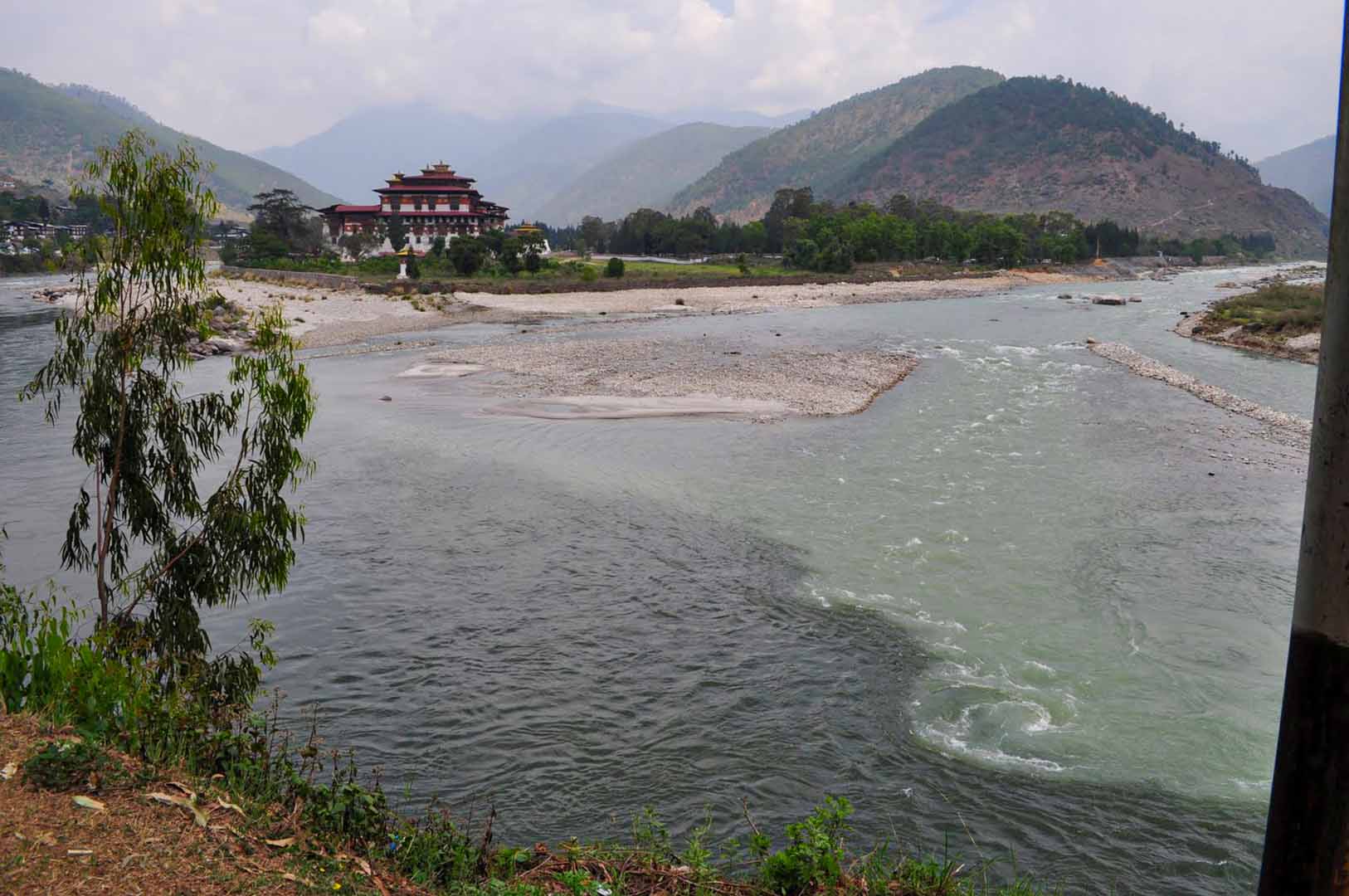
The festival of Punakha is celebrated every year before the nomadic people of Laya depart back home. The Punakha Tshechu (or ‘festival’) takes place each February or March inside the incredible Punakha Dzong, the ancient capital of Bhutan. As well as being a really fun and exciting day out for the Bhutanese, the tshechu also provides devout Buddhists with an opportunity for pilgrimage and prayer.
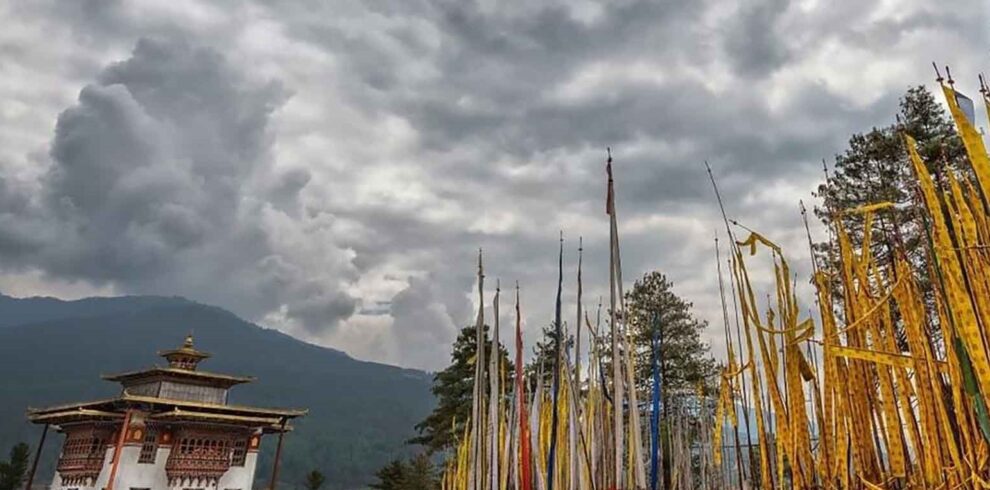
Kurjey Tsechu is celebrated in the popular Kurjey Lakhang in Bumthang. People of Jakar and Kurjey villages attend the Tshechu to pay obeisance to Guru Rinpoche who brought Buddhism to Bhutan. It is a one-day festival and the chams/dances include the Guru Tshengye and Shinjay cham performed by the monks of Kurjey Lhakhang.
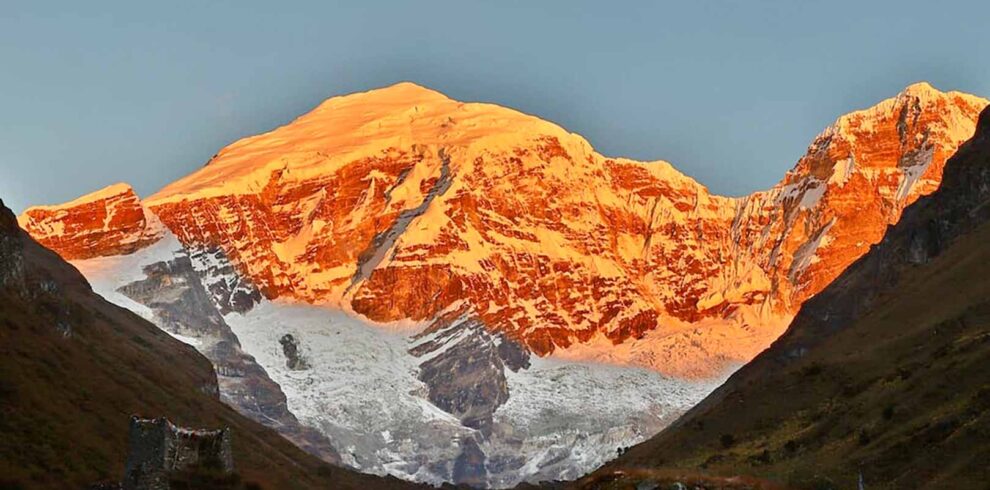
The Jomolhari Mountain Festival is a captivating two-day event held at the foot of Mt. Jomolhari, where communities residing along one of Bhutan’s most breathtaking trekking routes come together. This festival not only honors the rich culture of these communities but also celebrates the awe-inspiring natural wonders that envelop them. Among these wonders, the elusive and graceful snow leopard takes center stage.
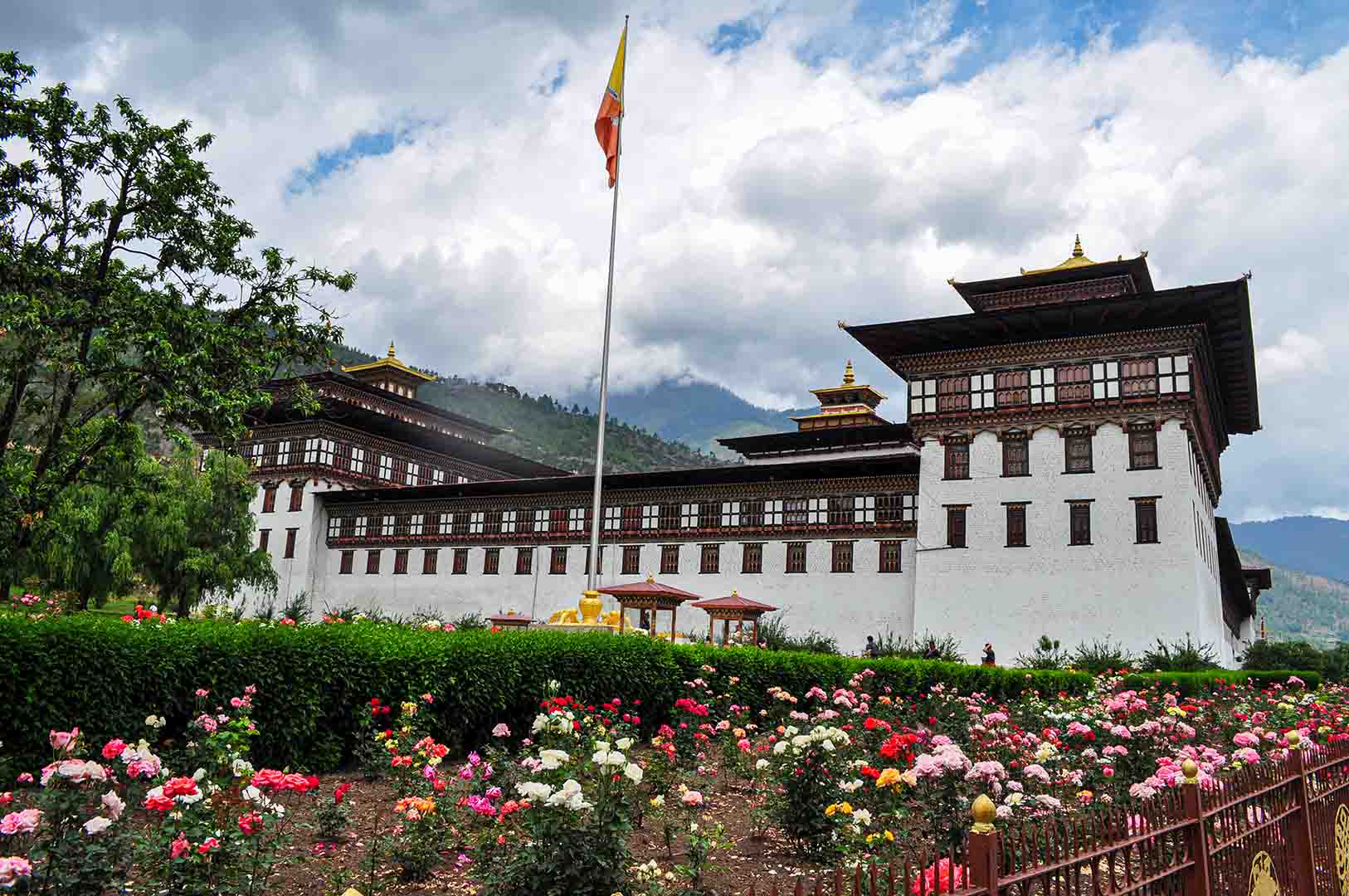
Thimphu Festival, which was established between 1705 to 1709 by Kunega Gyeltshen, the first reincarnation of Jampel Dorji, has an intriguing origin story. Thimphu Tshechu, a vibrant festival dedicated to the local deities. Initially, the festival took place over eight months of the Bhutanese calendar, and it was introduced during the reign of the fourth Desi Tenzin Rabgye (1638-1696).

Ura, situated in the scenic Bumthang region, is renowned for its breathtaking valley. The annual festival holds great significance for the local community residing in the area. During this cherished event, a sacred relic is prominently exhibited, allowing people to receive blessings and divine grace.
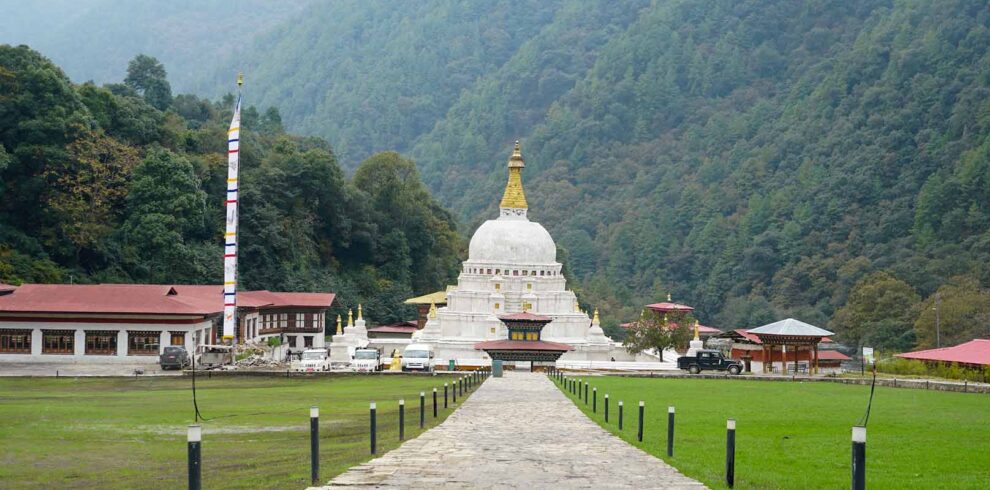
There are two significant festivals celebrated in the region: the annual Dakpakora, which involves the circumambulation of the chorten by Dakpas, held on the 15th of the first lunar month, and the Drukpakora, a similar circumambulation by Bhutanese, held at the end of the first lunar month. These festivals attract participants from Tawang and the surrounding areas.
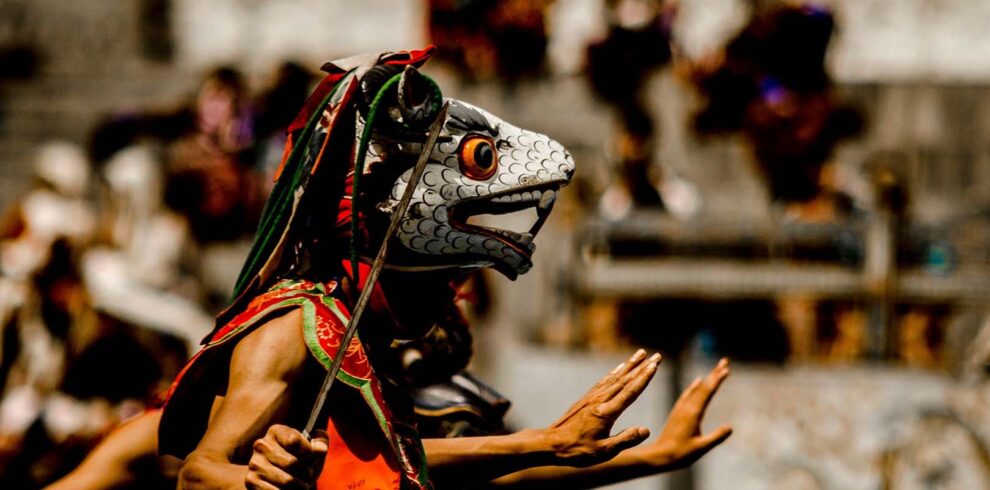
Punakha is the old capital of Bhutan and the yearly festival of Punakha Domchey happens at the beginning of the year. The festival is very unique as it hosts a dramatic recreation of the scene from the 17th-century battle with the Tibetan army. This is one of the oldest festivals of the district. The festival depicts how the local Bhutanese militia duped and defeated an invading Tibetan army and forced them to withdraw.

Jambhay Lhakhang Dance Festival, an exhilarating cultural event, showcases lively traditional dances in the Bumthang region of Bhutan. During the festival, performers joyously participate in the vibrant dances while clad in traditional attire. The captivating dances, accompanied by rhythmic music and chanting. Enjoy the authentic Festival of Bhutan.
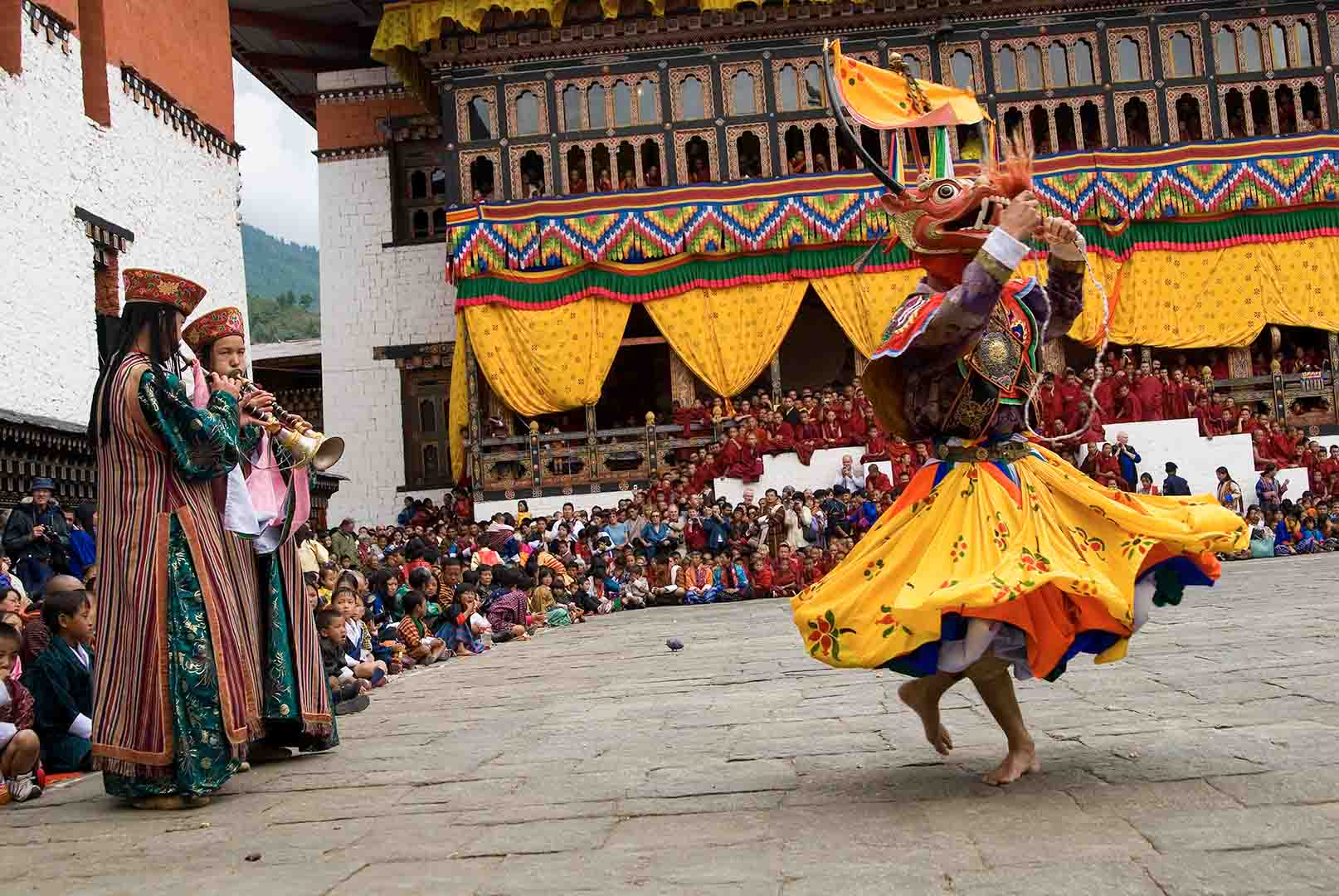
The Thimphu Festival, also known as the Thimphu Tshechu, is a vibrant annual event celebrated in Thimphu, the capital city of Bhutan. Firstly, the festival brings together locals and visitors alike, who gather at the Tashichho Dzong, an impressive fortress and monastery. Secondly, the festival features captivating masked dances and cultural performances, showcasing Bhutanese traditions and folklore.
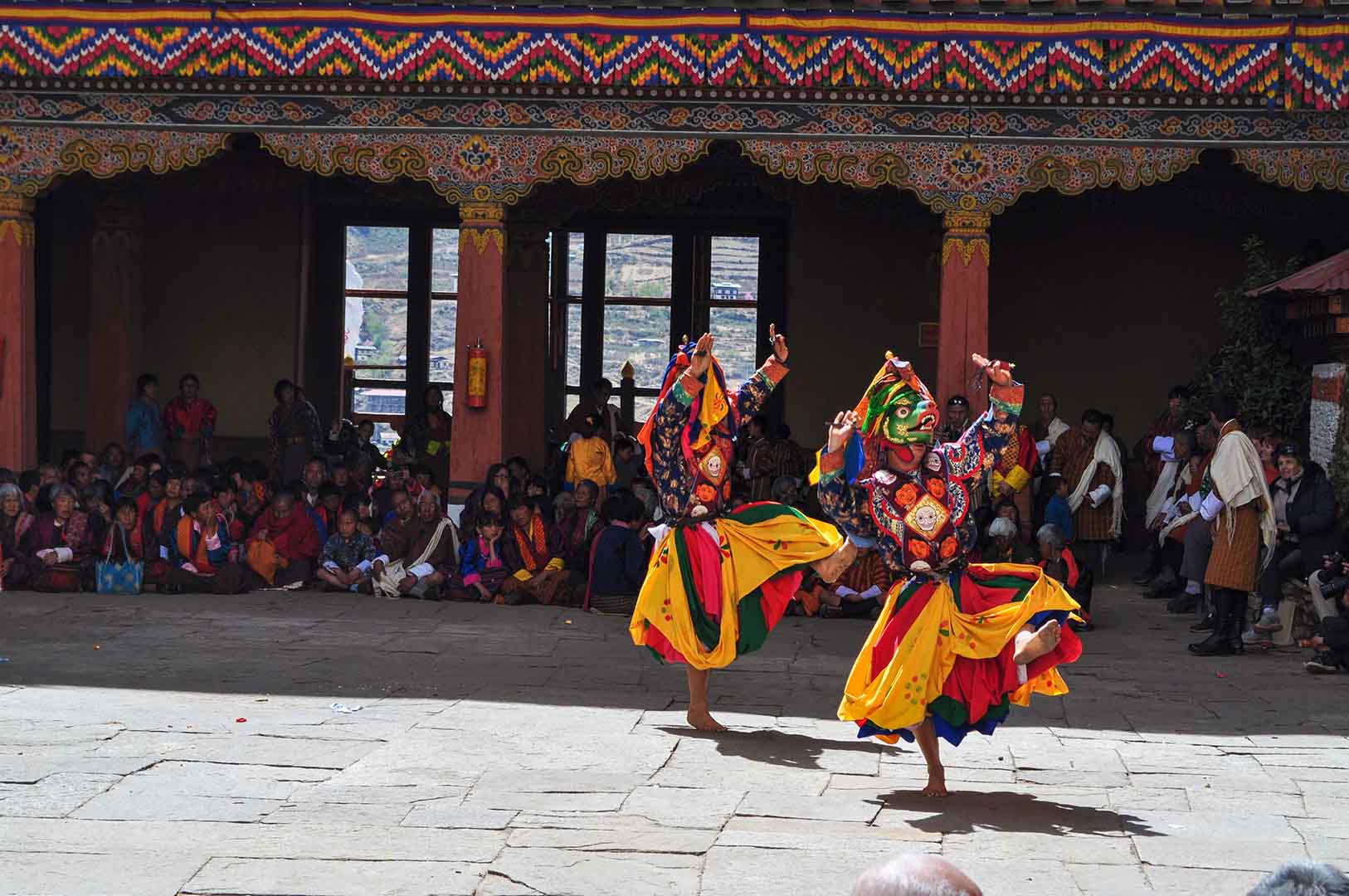
The Paro Festival, also known as the Paro Tsechu, is an annual religious festival held in Paro, Bhutan. Firstly, during the festival, locals dress up in their finest traditional attire and gather at the Paro Dzong, a stunning fortress-like monastery. Secondly, the festival commences with the unfurling of the thongdrel, a large religious scroll that is believed to bestow blessings on those who see it.
Make your Festivals more exciting
Frequently Asked Questions
Bhutan Festival tours are cultural experiences that allow you to witness and immerse yourself in the vibrant and traditional festivals of Bhutan. These festivals, known as “Tsechus,” celebrate Buddhist teachings through mask dances, religious rituals, and community gatherings.
Bhutanese festivals Dates , or Tsechus, occur throughout the year, following the lunar calendar. The dates vary from year to year, so it’s important to check the festival schedule in advance.
Festival tours typically last for a few days to a week, depending on the specific festival you’re attending and your chosen itinerary. These tours often include additional cultural and sightseeing activities as well.
Bhutan Festivals are a blend of religious significance, cultural performances, and communal celebrations. You can expect to see elaborate mask dances performed by monks and locals, along with traditional music, colorful costumes, and a festive atmosphere.
To book a Bhutan Festival tour, you need to go through a registered Bhutanese tour operator. They will assist you with the necessary arrangements, including obtaining a visa, planning your itinerary, and organizing accommodation, transportation, and Bhutan Flight Tickets
Dressing in traditional Bhutanese attire is encouraged, but not mandatory. For both men and women, this attire includes the gho (robe-like outfit) for men and kira (wrap-around dress) for women. Dress modestly and respectfully to adhere to Bhutanese cultural norms. You can hire the dress or buy in one of the shops.
Yes, you can take photographs, but it’s important to respect the guidelines provided by your tour guide and the festival organizers. Some ceremonies and rituals may require you to refrain from photography out of respect for religious traditions.
Yes, there are a few customs to keep in mind. Always walk around religious sites and chortens (stupas) clockwise, remove your shoes before entering temples, and ask for permission before taking photos of individuals.
One of the most popular and widely celebrated festivals in Bhutan is the “Paro Tsechu.” The Paro Tsechu is a vibrant religious and cultural festival that takes place in the town of Paro, which is one of the most picturesque valleys in Bhutan. Here are some details about this renowned festival:
Paro Tsechu:
- Location: Paro Valley, Bhutan.
- Timing: The dates of the Paro Tsechu vary each year based on the Bhutanese lunar calendar. It usually takes place in the spring, typically between March and April.
- Duration: The festival typically lasts for about four to five days.
- Significance: The Paro Tsechu is held to honor Guru Rinpoche, also known as Padmasambhava, who brought Buddhism to Bhutan in the 8th century. The festival is a time for both religious observance and community celebration.
Yes, you can customise the itineraries to cater to your preferences. You can discuss your interests, the duration of your stay, and the places you want to visit with the tour operator to create a personalized experience.
Remember, a Bhutan Festival tour is not only about the festivities but also about embracing the rich culture, spirituality, and unique way of life that Bhutan has to offer. It’s an opportunity to connect with locals, witness ancient traditions, and create lasting memories.
